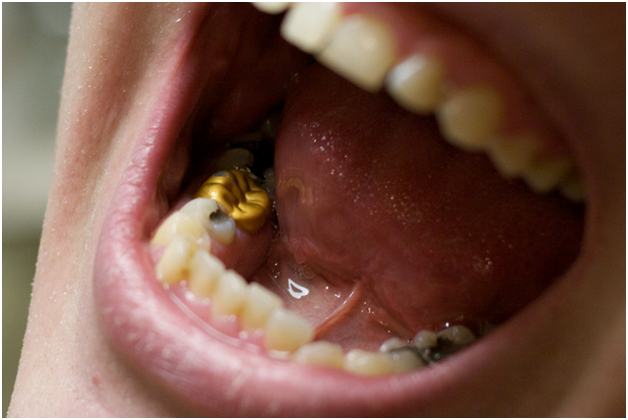
Dental crowns are one of the most common tooth restorations that people opt for, when they have a fractured or decayed tooth. Typically, people are recommended dental crowns as a solution to save and extend the life of a damaged tooth, which otherwise would have to be extracted. In this article, we’ll tell you all you should know about dental crowns as a dental treatment to your tooth problems.
What Is A Dental Crown?
Dental crowns are caps that are meant to be placed over your tooth. They are made of tooth-colored ceramic, porcelain(fused to metal), and metal alloys. Your dentist will determine which one is the best for you.
Types Of Dental Crowns
There are four types of dental crowns:
Ceramic – Ceramic crowns are made of tooth-colored material. The benefit of using this type of dental crown is that it can blend with your natural tooth color.
Porcelain – Porcelain crowns are the durable ones and provide a stronger bond because they are connected to a metal structure.
Gold Alloys – These dental crowns are a mix of gold, copper, and other metals. Gold alloys provide strength to your tooth as it doesn’t fracture, nor does it easily wear away.
When Do You Need Dental Crowns?
Enlisted here are some of the dental problems that signify the need for dental crowns?
- Dental crowns may be recommended if you have a cracked tooth. Once the dentist clears the infection, dental crowns are placed to ensure the tooth stays protected from further damage.
- As a part of the cosmetic dentistry procedures, crowns can also be used to cover a tooth that is misshapen or severely discolored
- Dental crowns are often used to restore a lost tooth. They are often used along with a dental implant to replace a missing tooth
- If your tooth has fracture lines (especially if you have a history of grinding or clenching), then you may need a crown.
What Is The Procedure For Placing Dental Crowns?
During your initial appointment with a dentist, the dentist will analyze your condition and recommend a treatment. If they recommend a crown, then the dentist will first prepare your tooth for placing the crown. If the tooth is badly decayed, then the decayed portion of the tooth is removed, and it is reshaped so that a crown can be placed on it. There must be sufficient space for dental crowns to fit comfortably alongside your adjacent teeth. Therefore, some tooth structure may be removed and the tooth will be filed. Once done, a temporary crown is placed so that the tooth remains functional, while the permanent crown is manufactured in a dental lab. When you return for the next appointment, the temporary crown is gently removed and the permanent one is placed on your tooth.
Want to know more about dental crowns? Or need help dealing with a dental problem? Consult us at College Plaza Dental and we’ll be happy to help.






